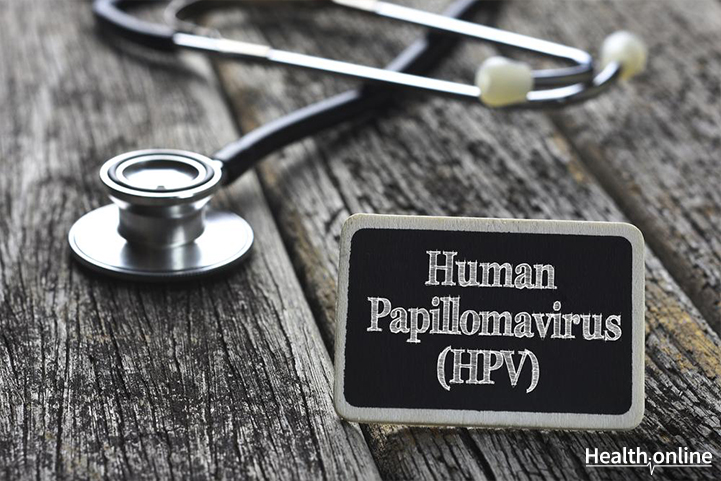
Papillomavirus Vaccine
Rationale
Human papillomavirus (HPV) is a sexually transmitted virus that is linked to cervical and tongue cancer. Cervical cancer is most often caused by one of the following situations – (1) early exposure of the cervical lining to semen (due to loss of virginity at a young age), (2) multiple sexual partners (3) being infected with human papillomavirus. Tongue cancer is linked to performing oral sex on a woman who is infected with the HPV virus. To control the risk of the human papillomavirus, the HPV vaccine has been developed.
Generic and brand names
The generic name is Human Papillomavirus Bivalent (Types 16 and 18) Vaccine, Recombinant. The brand name is: Cervarix.
Composition of the vaccine
Each 0.5 ml dose of sterile preparation contains approximately 20 ug HPV type 16 L1 protein and 20 ug HPV type 18 L1 protein. Nonmedicinal ingredients: 3-0-desacyl-4’-monophosphoryl lipid A (MPL), aluminium hydroxide, sodium chloride, sodium dihydrogen phosphate dihydrate, and sterile water for injection.
Mechanism of action
When the vaccine is injected to you, your body produces antibodies against the human papillomavirus, which causes 70% of all cervical cancer.
Schedule of administration
You will be injected three times with this vaccination. The first dose will be at elected date, followed by the second dose one month after the first dose, and then the third dose five months after the second dose.
Indications and usage
This vaccine is indicated to prevent cervical cancer caused by certain types of human papillomavirus (types 16 and 18) in girls and young women aged 10 to 25.
Precautions
The physician should ensure the availability of the most appropriate anti-allergic medication before injecting this vaccine.
Side effects
Common side effects include injection site reactions (pain, swelling, or redness), headache, tired feeling, joint or muscle pain, nausea, vomiting, diarrhea, stomach ache, menstrual pain, runny or stuffy nose, sore throat, or a cough. Temporary reactions include fainting, dizziness, lightheadedness, vision changes, numbness or tingling, or seizure-like movements.
Dosage and mode of administration
This vaccination is given in 3 doses of 0.5 mL each by intramuscular injection.




